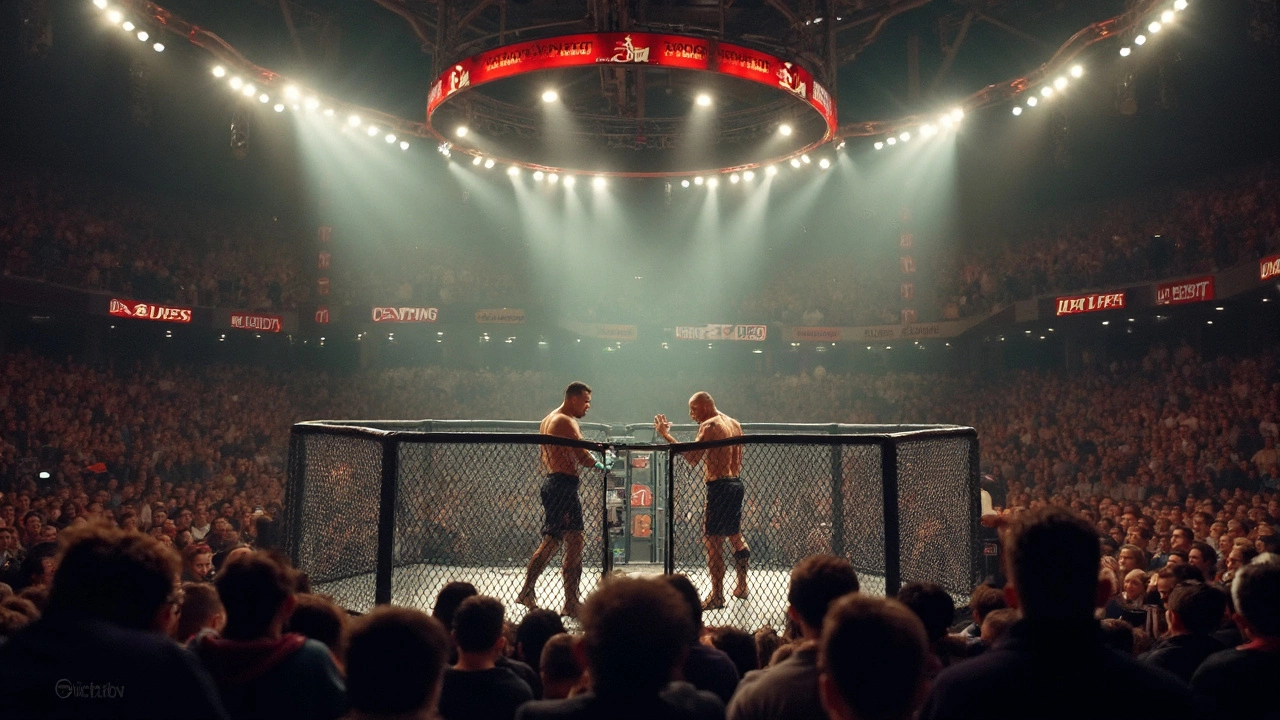UFC Rules Explained: The Basics Every Fan Should Know
Ever watched a UFC bout and wondered why a referee stopped the action or why a certain move got a warning? You’re not alone. The UFC follows a rule set that keeps fights fair, safe, and exciting. Below is a quick guide to the most important rules, so you won’t miss a beat next time you’re glued to the octagon.
How a UFC Fight Is Structured
Each UFC match consists of three five‑minute rounds, with a one‑minute break in between. Title fights and main events usually go for five rounds. The clock stops only for fouls or injuries that need a doctor’s check. If a fight ends early because of a knockout, technical knockout or submission, the bout is over immediately.
Scoring: What the Judges Look For
When a fight goes the distance, three judges score each round on a 10‑point must system. The winner of the round gets 10 points, the loser gets 9 or less. Judges evaluate three main criteria: effective striking, effective grappling, and control of the fighting area (often called “octagon control”). The fighter who lands more clean, powerful hits or secures better positions usually takes the round.
It’s common to see a 29‑28 score after three rounds—one fighter wins two rounds, the other takes one. If the scores add up to a tie, you get a draw.
Weight Classes Keep Things Fair
UFC has ten weight divisions, from flyweight (up to 125 lb) to heavyweight (206‑265 lb). Fighters must weigh in the day before the bout. Missing weight can lead to fines, a portion of the purse going to the opponent, or the fight being canceled. Some athletes agree to a “catch‑weight” bout if both parties accept the new limit.
What’s Illegal in the Octagon?
The UFC bans a short list of moves to protect fighters. No headbutts, eye gouging, biting, or strikes to the groin. Spiking a downed opponent (known as a “piledriver”) and kicking a grounded opponent in the head are also prohibited. If a referee spots an illegal action, they’ll issue a warning, deduct points, or even disqualify the offender.
Grabbing the fence, using the rope, or striking after the bell are other fouls that can earn a penalty. The referee has the final say and can stop the fight if a fighter can’t safely continue.
Drug Testing and Safety Measures
All UFC athletes must pass rigorous drug testing overseen by USADA. Tests check for performance‑enhancing substances and other banned substances. Fighters also undergo medical exams before and after each bout to make sure they’re fit to compete.
In addition, the UFC uses the “hospital‑on‑site” model: a medical team is ready to treat injuries right there in the arena.
Why Knowing the Rules Improves Your Viewing Experience
Understanding the rule set turns a random scramble into a strategic chess match. You’ll notice why a fighter switches from striking to grappling, or why a referee steps in at a critical moment. It also helps you appreciate the skill it takes to avoid penalties while still pushing the action forward.
Next time you’re watching a UFC event, keep an eye on the clock, the judges’ scorecards, and the referee’s signals. Those details are what separate a close decision from a clear victory, and they make the sport as thrilling as it is.
Got more questions about UFC rules? Drop them in the comments and we’ll break them down for you.
- Kaius Farrell
- 0 Comments
Differences Between MMA and UFC Rules: What Every Fan Needs to Know
Confused about how MMA rules are different from UFC’s own setup? This article breaks down key differences in rules, legal moves, and fight styles. Get insider facts on recent scandals, fan favorites, and jaw-dropping knockouts. Curious about how fighters train, eat, and prepare for the cage? We’ve got practical tips and diet insights too. Don’t miss updates on the latest news, who’s fighting next, and smart ways to understand betting odds.
View More